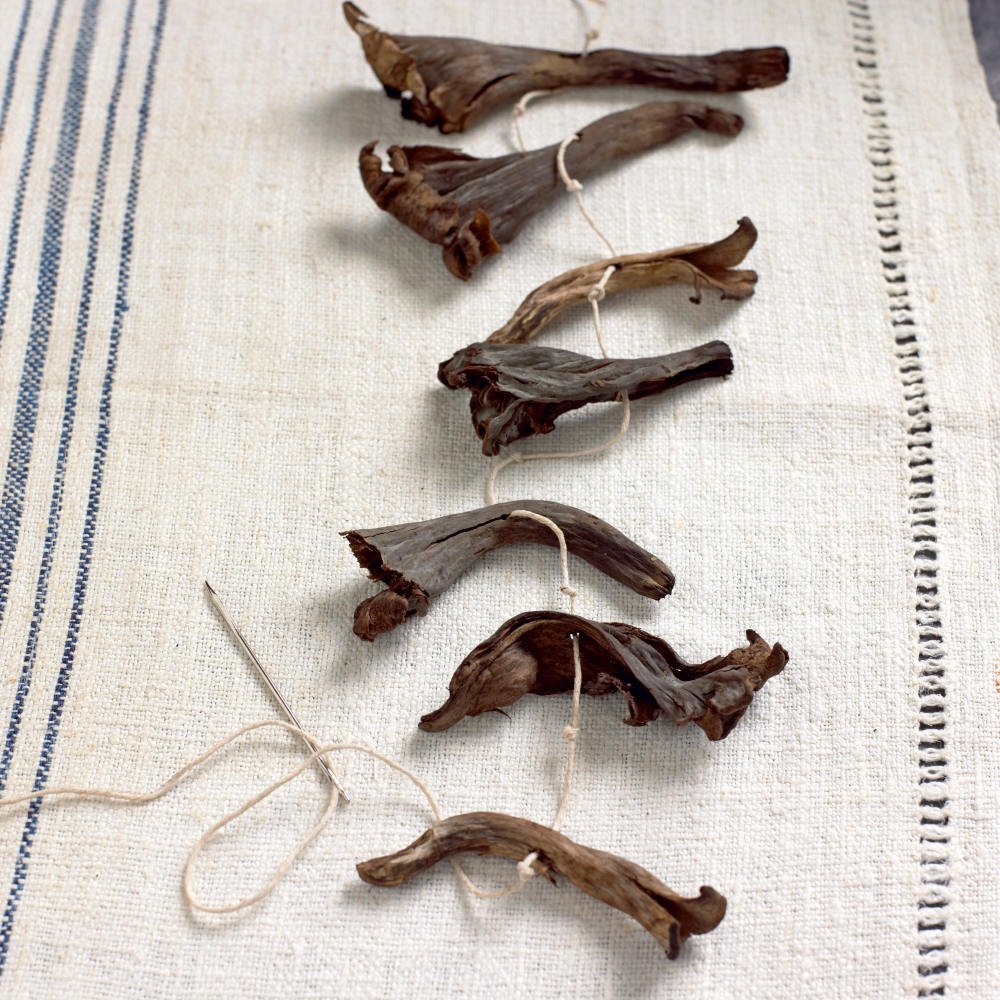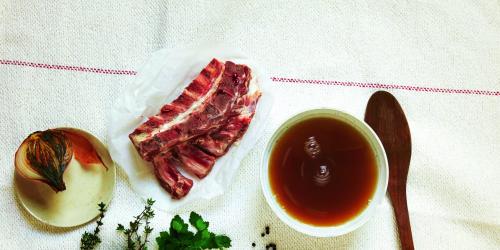Recognize the trumpet of death
Originally called "trumpet of love", the trumpet of death is generally associated with All Saints' Day: this is why it has changed its name. Nicknamed "cornucopia" by the hollow flag of its hat, this mushroom is recognizable by its particular gray color, ranging from ash gray to bluish gray. The trumpet of death consists of a tube surmounted by a fine corolla with wavy and sinuous margins and a velvety texture. Its consistency can be both supple when the environment is humid or dry during hot weather. High from 3 to 12 centimeters, its flavor is strongly impressed of the undergrowth where it grows. Fruity, it has a texture that is both soft and fibrous.
The trumpet of death is a source of fiber
Mostly composed of water like most mushrooms, the trumpet of death is nonetheless provided with different nutrients , vitamins and trace elements. Rich in fiber (3 grams per 100 grams), it contributes to the proper functioning of the digestive system and awakens lazy transits. The trumpet of death is one of the least calorific plants (barely 15 calories per 100 grams), a slimming asset to decorate all meals light. The trumpet of death has many vitamins, including all the B vitamins essential for the vitality and proper functioning of the nervous system. Rich in vitamin D for good bone and dental development, vitamin E which protects against skin aging and vitamin K to promote blood circulation, the trumpet of death brings a significant dose of selenium which is an excellent antioxidant .
How to find the trumpets of death?
The trumpet of death is one of the common fungi in deciduous forests. Hardly confused with other mushrooms, it is one of the most appreciated species of gourmets. From late summer to winter, the death trumpet appreciates wet environments and usually hides in muddy areas under dead leaves early in the fall. Like the chanterelle (to which it is related), the trumpet of death grows in abundance after abundant showers. Ideally, cut the base of mushrooms as soon as you pick them to avoid covering the entire crop with soil. Care should be taken to collect only those specimens of uniform color, with a soft texture and preferably of intense black color: the latter being the coolest.
Consumption of the trumpet of death
If any doubt persists regarding the collection, a pharmacist can inform you about possible suspicious species. It is important to gently clean them with a soft brush, a toothbrush or a damp cloth without ever allowing them to soak in water. Fresh, the trumpet of death is kept only 24 hours. To consume quickly after the harvest. It is simply seared with a persillade or topped with heavy cream for a tasty sauce that accompanies game and red meats . The best alternative to eat all year round is to keep them in jars sterilized with oil or vinegar: once cleaned and blanched for a few seconds in boiling salted water, place them in jars with aromatic herbs , cloves of garlic and cover them with vinegar or oil. Finally, think of drying them (in the sun by aligning them on a wire or in an oven at low temperature): the trumpets of death can be reduced to powder to serve as a seasoning in all your preparations or rehydrated in your tomato sauces .


